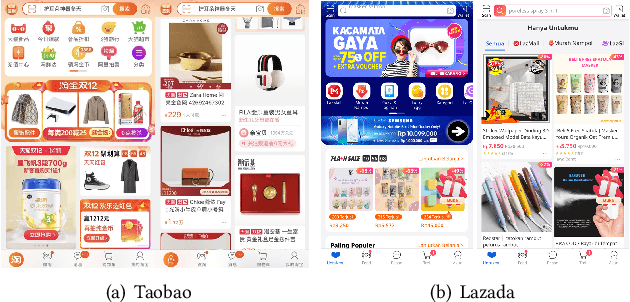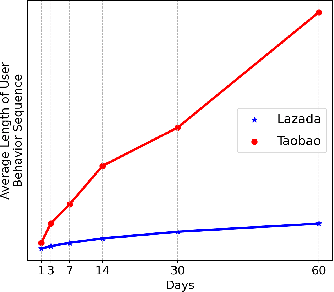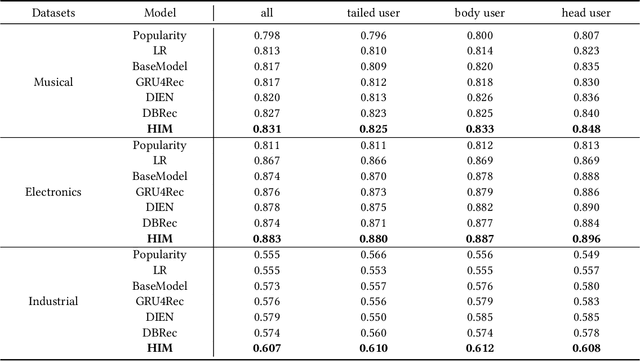Qidi Xu
MiniMax-01: Scaling Foundation Models with Lightning Attention
Jan 14, 2025Abstract:We introduce MiniMax-01 series, including MiniMax-Text-01 and MiniMax-VL-01, which are comparable to top-tier models while offering superior capabilities in processing longer contexts. The core lies in lightning attention and its efficient scaling. To maximize computational capacity, we integrate it with Mixture of Experts (MoE), creating a model with 32 experts and 456 billion total parameters, of which 45.9 billion are activated for each token. We develop an optimized parallel strategy and highly efficient computation-communication overlap techniques for MoE and lightning attention. This approach enables us to conduct efficient training and inference on models with hundreds of billions of parameters across contexts spanning millions of tokens. The context window of MiniMax-Text-01 can reach up to 1 million tokens during training and extrapolate to 4 million tokens during inference at an affordable cost. Our vision-language model, MiniMax-VL-01 is built through continued training with 512 billion vision-language tokens. Experiments on both standard and in-house benchmarks show that our models match the performance of state-of-the-art models like GPT-4o and Claude-3.5-Sonnet while offering 20-32 times longer context window. We publicly release MiniMax-01 at https://github.com/MiniMax-AI.
Hybrid Interest Modeling for Long-tailed Users
Dec 29, 2020



Abstract:User behavior modeling is a key technique for recommender systems. However, most methods focus on head users with large-scale interactions and hence suffer from data sparsity issues. Several solutions integrate side information such as demographic features and product reviews, another is to transfer knowledge from other rich data sources. We argue that current methods are limited by the strict privacy policy and have low scalability in real-world applications and few works consider the behavioral characteristics behind long-tailed users. In this work, we propose the Hybrid Interest Modeling (HIM) network to hybrid both personalized interest and semi-personalized interest in learning long-tailed users' preferences in the recommendation. To achieve this, we first design the User Behavior Pyramid (UBP) module to capture the fine-grained personalized interest of high confidence from sparse even noisy positive feedbacks. Moreover, the individual interaction is too sparse and not enough for modeling user interest adequately, we design the User Behavior Clustering (UBC) module to learn latent user interest groups with self-supervised learning mechanism novelly, which capture coarse-grained semi-personalized interest from group-item interaction data. Extensive experiments on both public and industrial datasets verify the superiority of HIM compared with the state-of-the-art baselines.
 Add to Chrome
Add to Chrome Add to Firefox
Add to Firefox Add to Edge
Add to Edge